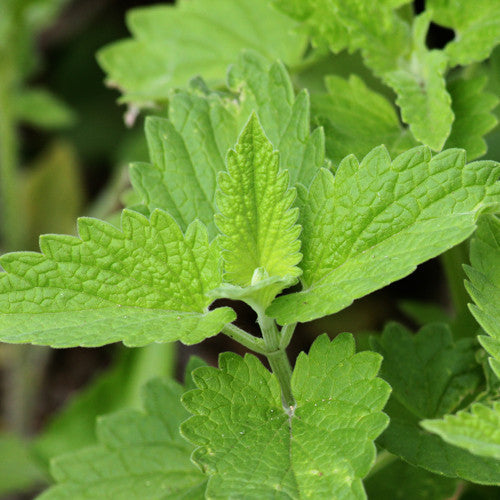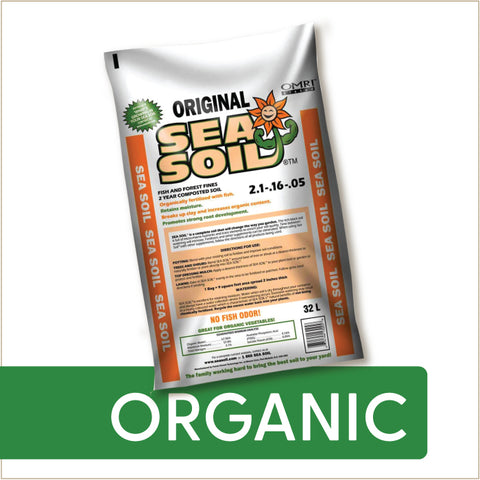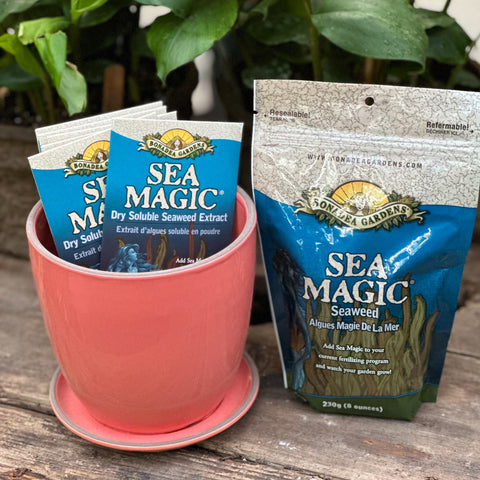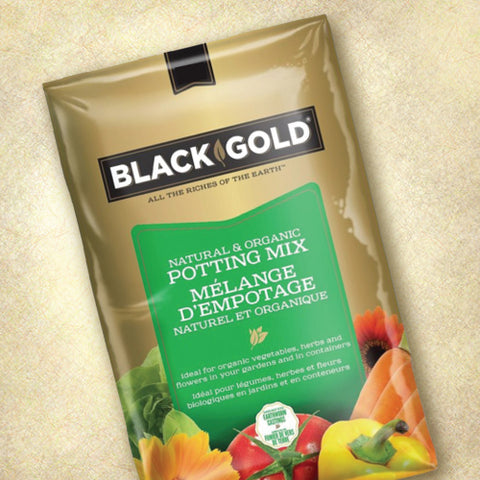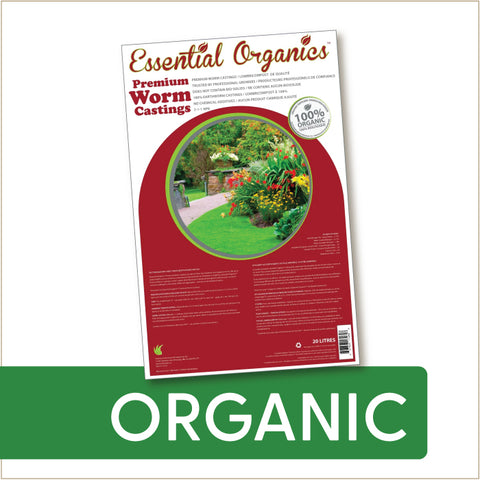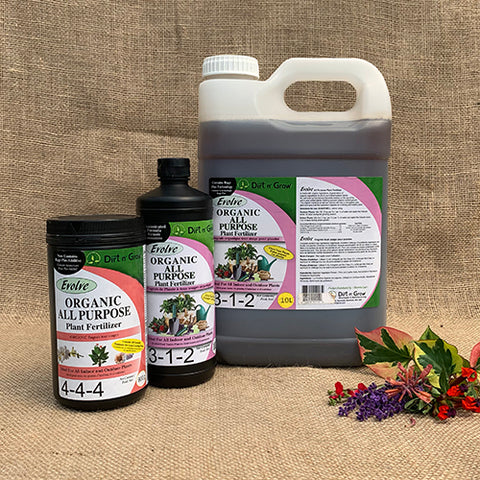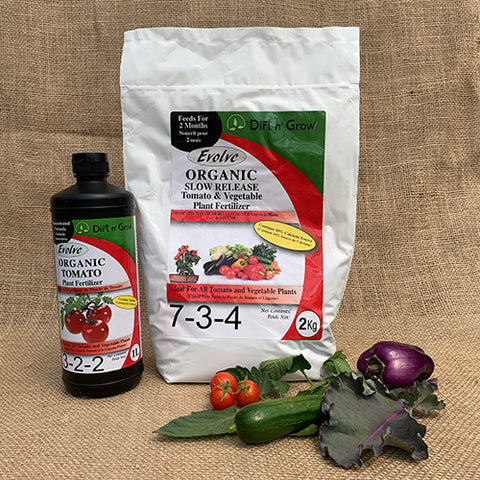Catnip (Organically Grown Seeds)
$4.79
This item may be out of season or currently out of stock. Please check back.
Description: Well-known for its ability to render cats euphoric. Also popular as a tasty, calming tea for humans, with a minty flavour! Catnip can be used fresh or dried. Grows very well as a cold-climate perennial outdoors, or in containers.
Organically Grown/ Heirloom/ Open Pollinated/ Non-GMO
Pack Size: ~ 285 seeds
Latin Name: Nepeta cateria
Main Uses: Tea, Medicinal
Zone Hardiness: Zone 3
Exposure: Full sun
Height: 50 cm (20 inches)
Flower Color: White
Flowering Time: Mid to late summer (Flowers are the most potent medicinal part).
Seed Source: Organically grown
Sowing: Start seeds indoors under grow lights or in a very bright window in late spring 6-8 weeks before setting out.
Sow 4 - 8 seeds per pellet or plug, lightly covered, thin to a final spacing of 12”. For best results, apply Sea Magic™ kelp from first watering. Apply a seedling-starter fertilizer such as Evolve Seedling once the second set of true leaves has appeared, and then alternate between the kelp and seedling starter until transplant. Pinch out main growing tip once the third set of true leaves has appeared.
Planting Out: Transplant to larger containers or the garden once the last frost is done and roots have fully penetrated sowing medium.
Harvesting: Harvest catnip at any stage, but the flowers have the greatest potency.
Growing in Containers: Very well suited for containers, 8 inches and up.
Fertilizing (Containers): Add 25% quality compost to potting mix; fertilize weekly with a higher nitrogen organic plant food such as fish-based fertilizer.
Watering (Containers): Water deeply when the top inch of soil feels dry to the touch. Check every day or two during very hot weather.
Growing in Mixed Planters: Well-suited for larger mixed planters.
Fertilizing (Garden): Plant in average garden soil, amended with compost on an annual basis. No additional fertilizing required.
Watering (Garden): Water daily for the first two weeks post transplanting. Check on plants during hot weather, and water if the soil is very dry or plants are wilted.
Beneficials Attracted to this Plant: Catnip will attract bees to your garden yet repel harmful insects such as ants, aphids, beetles, cockroaches, flea beetle, Japanese beetles and squash bugs. Plant catnip beside potatoes as the catnip will help deter the Colorado potato beetle.
Garden Companions: Catnip is a great companion plant for Tomatoes, Beets, Peppers, Collard Greens and Squash.
Pest/Disease Issues: Wild rabbits, mice and rats avoid catnip.
Suitability for Indoors: Grows well indoors, especially in spring and summer.
Exposure: Full sun or grow lights.
What about Grow Lights? Not required, but increase winter yields.
General Indoor Care: Harvest plants regularly to keep them in active growth, especially during the lower light months.
Indoor Container Suggestions: 8" to 12" pots, with drainage.
Winter Fertilizing: Under lights, fertilize weekly with a higher nitrogen organic plant food such as Ocean Fish.
Winter Watering: Water deeply when the top inch of soil feels dry to the touch.

